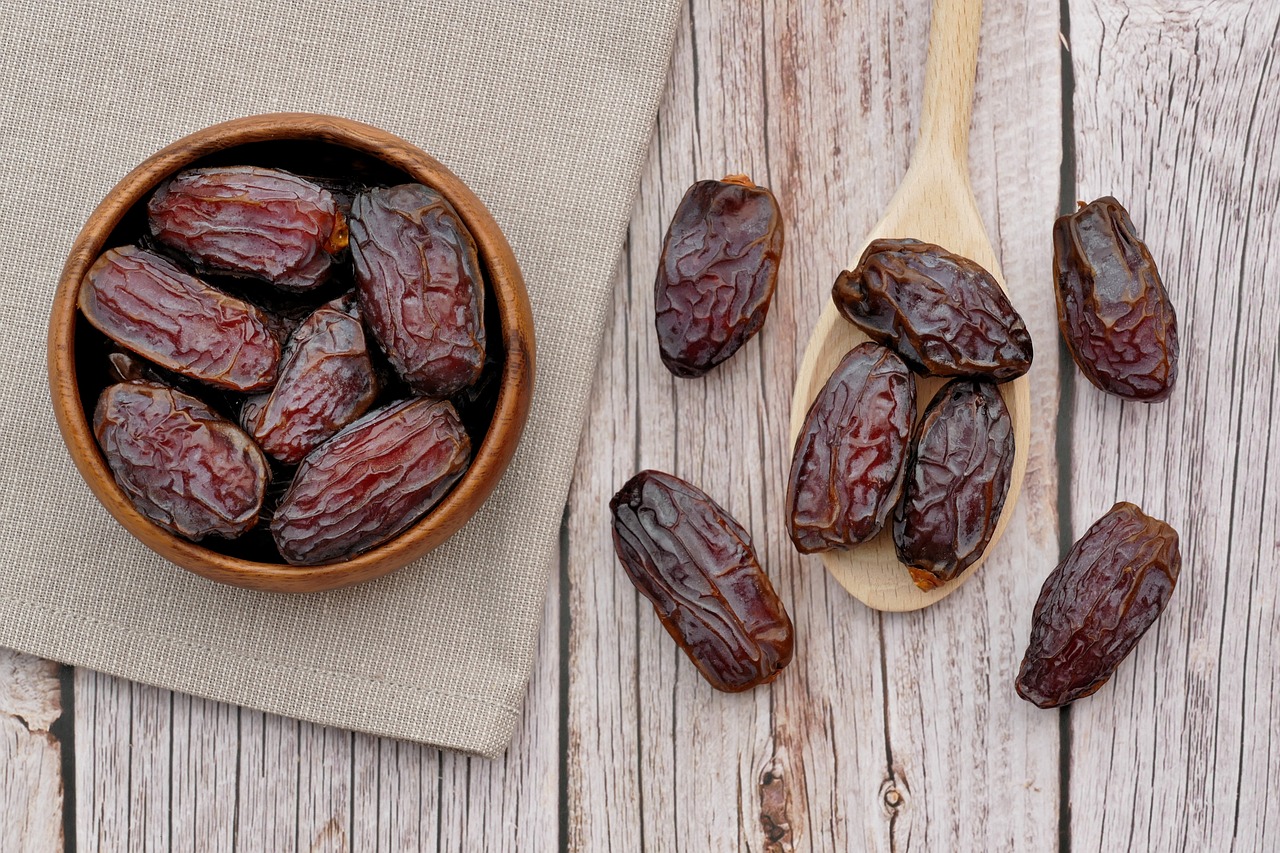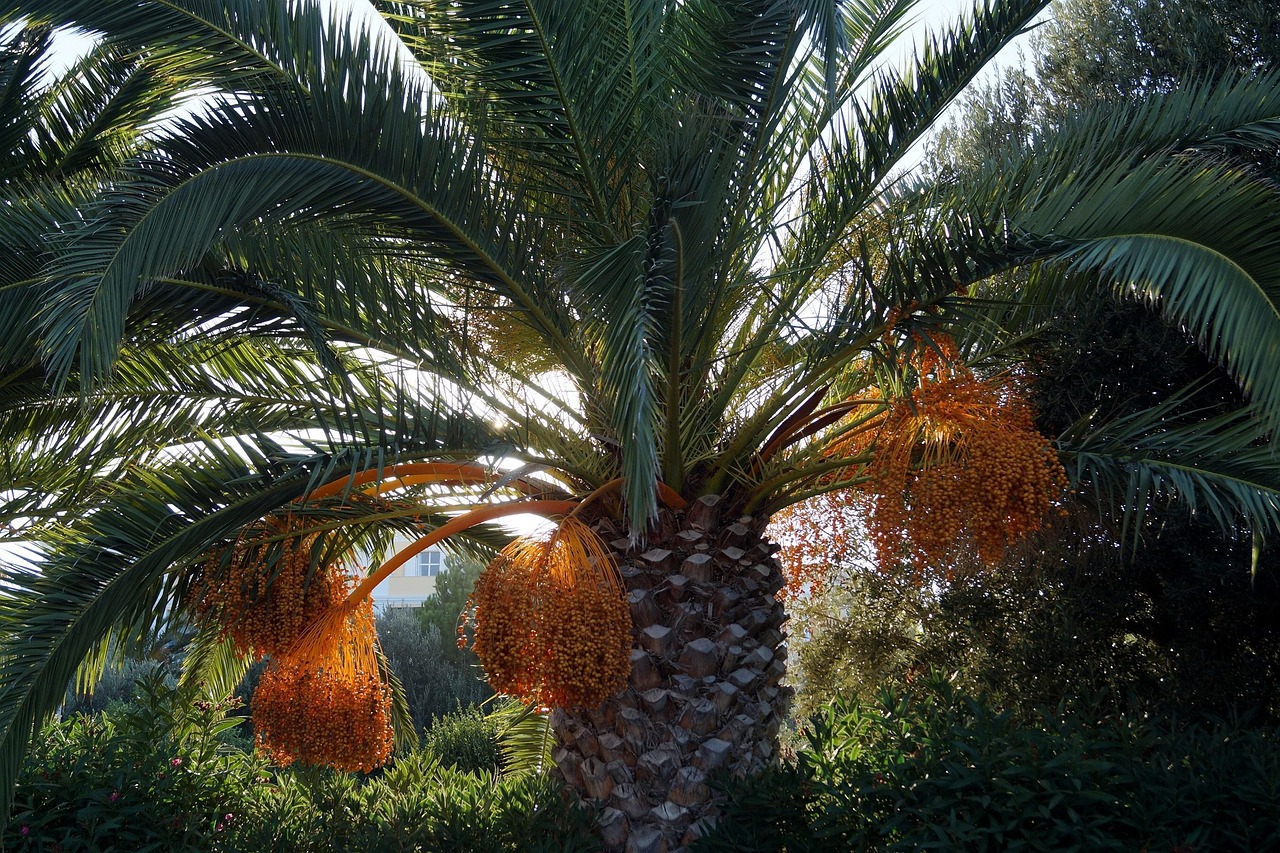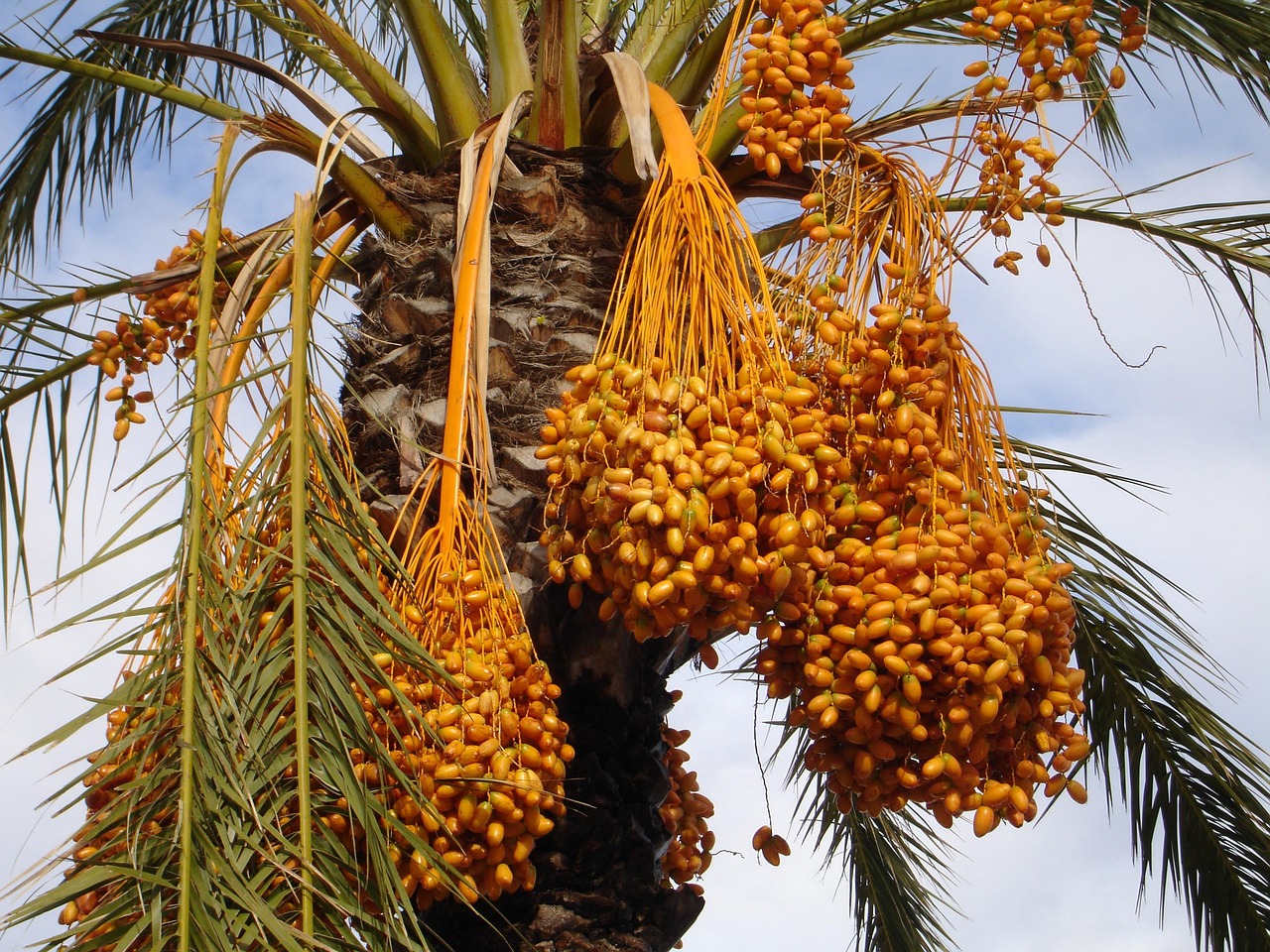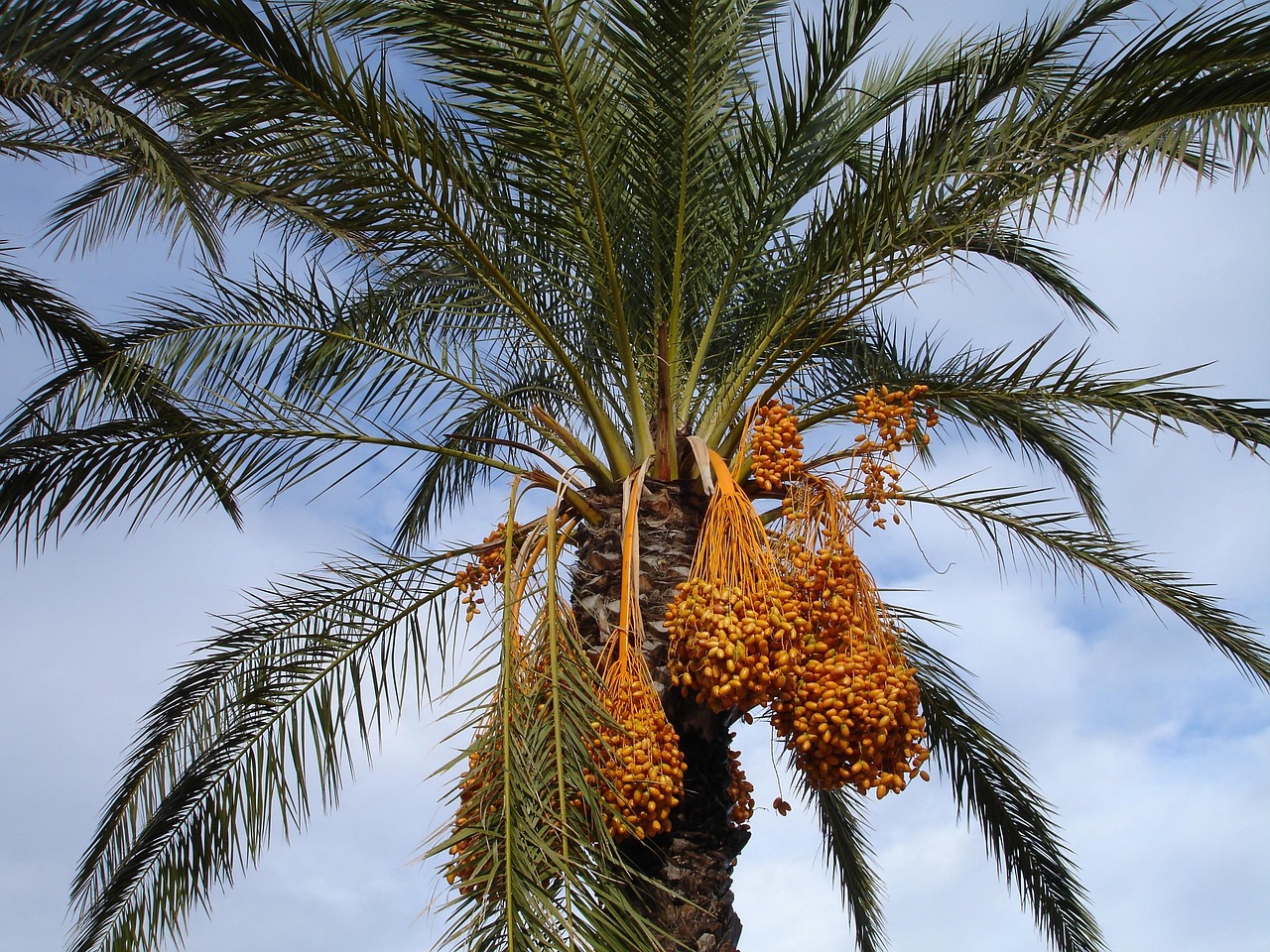Date palm pruning is essential for maintaining the health and aesthetic appeal of these trees in tourism and resort landscaping. Proper pruning enhances the visual impact, promotes growth, and ensures safety for visitors.
Date palms (Phoenix dactylifera) are iconic trees often associated with arid environments. Their tall, slender trunks and fan-shaped leaves create a striking appearance, making them a popular choice for resorts and tourist destinations. However, like all plants, date palms require regular maintenance to thrive. Pruning is a critical aspect of this maintenance.

In tourism and resort landscaping, the visual appeal of date palms can significantly influence guest experiences. Tourists are drawn to well-maintained landscapes that evoke a sense of tranquility and beauty. Pruning not only keeps the trees looking their best but also promotes healthy growth and fruit production. Regular pruning helps prevent disease and pest infestations, which can be detrimental to the overall landscape.
Importance of Pruning Date Palms
Pruning date palms involves removing dead or damaged fronds, as well as unwanted growth. This practice is essential for several reasons:
- Health Benefits: Removing dead fronds reduces the risk of pests and diseases.
- Aesthetic Appeal: Pruned palms look cleaner and more attractive.
- Growth Promotion: Proper pruning encourages new growth and increases fruit yield.
- Safety: Eliminating dead fronds prevents falling debris that can harm guests.
The timing of pruning is crucial. The best time to prune date palms is during the cooler months, typically late winter to early spring. This timing allows for optimal growth as the weather warms up. It is important to avoid heavy pruning during the hotter months, as this can stress the trees.

Techniques for Pruning Date Palms
Proper techniques must be employed to ensure effective pruning without damaging the tree. Here are some key techniques:
- Assessing the Tree: Before starting, evaluate the palm’s overall health and structure.
- Using the Right Tools: Sharp and clean tools minimize damage to the tree. Common tools include pruning saws and shears.
- Removing Dead Fronds: Cut dead or yellowing fronds at their base, ensuring you do not injury the trunk.
- Avoiding Over-Pruning: Limit pruning to about 10-15% of the total frond count to prevent stress.
In addition to these techniques, understanding the anatomical structure of date palms can aid in effective pruning. The crown shaft, composed of living fronds, should be left intact to protect the growing heart of the tree. Cutting too close to the trunk can lead to long-term damage.
Benefits of Professional Pruning Services
While some resort managers may attempt DIY pruning, hiring professional services often yields better results. Professional arborists bring expertise and experience that can enhance the health of date palms. Here are some advantages of using professional pruning services:

| Benefit | Description |
|---|---|
| Expert Knowledge | Professionals understand tree biology and can make informed decisions about pruning. |
| Safety | Experts use proper safety equipment and techniques to avoid accidents. |
| Time Efficiency | Professionals can complete the job faster than inexperienced individuals. |
| Long-Term Health | Proper pruning enhances tree longevity and health over time. |
Investing in professional services may seem costly initially but can save money in the long run by preventing damage and reducing tree replacement costs. Additionally, well-pruned date palms can enhance property value and guest satisfaction.
In summary, date palm pruning is a vital practice in tourism and resort landscaping. It contributes to the health of the trees, enhances visual appeal, and ensures a safe environment for guests. By understanding proper techniques and considering professional services, resort managers can maintain beautiful landscapes that attract and retain visitors.
Common Challenges in Date Palm Pruning
While pruning date palms is essential for their health and aesthetics, it can also present several challenges. Understanding these challenges can help resort managers prepare and address them effectively.

Pest Infestations
Pests can pose significant threats to the health of date palms. Common pests include:
- Red Palm Weevil: This pest bores into the trunk and can cause severe damage.
- Spider Mites: These tiny pests feed on the leaves, leading to discoloration and weakening of the fronds.
- Scale Insects: They suck sap from the tree, which can stunt growth and lead to leaf drop.
To combat these pests, regular inspections should be conducted. Early detection is key to effective treatment. Integrated pest management strategies can include both chemical treatments and natural predators.
Diseases Affecting Date Palms
Date palms are susceptible to several diseases that can complicate pruning efforts. Some notable diseases are:
- Fusarium Wilt: A fungal infection that causes yellowing and wilting of fronds.
- Bud Rot: A disease that affects the growing tip of the palm, leading to dieback.
- Leaf Spot: Fungal infections that cause spots on leaves, affecting overall health.
Pruning infected fronds promptly is crucial to prevent the spread of these diseases. Using sterilized tools can further minimize the risk of transmission.
The Role of Seasonal Changes
The changing seasons can greatly influence the timing and techniques used in date palm pruning. Each season presents unique considerations.
Spring Pruning
Spring is often the best time for pruning date palms. This season aligns with the trees’ active growth period. Some benefits of spring pruning include:
- Encouraging new growth as the weather warms up.
- Improving air circulation within the palm’s crown.
- Enhancing sunlight exposure for healthier frond development.
During spring, it is advisable to focus on removing dead or damaged fronds. This will help the tree allocate resources towards new growth.
Summer Considerations
Summer brings heat that can stress date palms, especially if they are pruned too heavily. Key points for summer maintenance include:
- Avoid heavy pruning; focus on minor adjustments and dead frond removal.
- Ensure adequate watering to help the tree cope with heat stress.
- Monitor for signs of pests or diseases, as warm weather can exacerbate these issues.
Fall and Winter Pruning
Fall and winter are typically not recommended for extensive pruning. However, they can be suitable for specific tasks:
- Conducting thorough inspections for any damage or disease.
- Preparing trees for winter by removing any weak or dead fronds.
- Planning for spring pruning by assessing the overall health of each tree.
Timing is important; pruning too late in winter can expose the trees to cold stress when they are most vulnerable.
Tools and Equipment for Pruning
The right tools are essential for effective date palm pruning. Using proper equipment not only makes the job easier but also ensures the health of the trees. Here are some essential tools:
| Tool | Description |
|---|---|
| Hand Pruners | Ideal for cutting small fronds and branches with precision. |
| Loppers | Used for thicker branches that require more leverage. |
| Pruning Saws | Effective for larger cuts, especially on dead or damaged fronds. |
| Ladders | A safe way to reach higher fronds without risking injury. |
| Sterilizing Solution | A solution to disinfect tools before and after use to prevent disease spread. |
Regular maintenance of tools is necessary to ensure they remain effective. Keeping blades sharp and clean enhances performance and safety during pruning sessions.
Incorporating these practices into the maintenance schedule will help preserve the beauty and health of date palms in resort landscapes, ensuring they continue to thrive and contribute positively to the guest experience. The next section will explore specific pruning strategies tailored to enhance both aesthetics and longevity of date palms in tourism settings.
Pruning Strategies for Aesthetics and Health
Implementing effective pruning strategies is essential for maintaining the aesthetics and health of date palms in tourism and resort landscaping. The right approach not only enhances the visual appeal of the landscape but also supports the long-term vitality of the trees.
Shaping and Training Date Palms
Shaping date palms during their early years can set the foundation for a robust and visually appealing tree. Proper training helps in managing growth patterns and ensuring that palms develop a strong structure. Here are some strategies to consider:
- Selecting the Right Specimen: Choose healthy young palms with straight trunks and well-formed fronds.
- Initial Pruning: During the first few years, remove any competing shoots that may weaken the central leader.
- Regular Trimming: Conduct regular light trimming to encourage a balanced crown and improve air circulation.
By establishing a strong structure early on, palm trees can grow more effectively, reducing the need for extensive corrective pruning later in their life.
Seasonal Pruning Techniques
In addition to regular maintenance, seasonal pruning techniques can be beneficial. Each season presents different opportunities for enhancing the health and appearance of date palms:
Spring Pruning
As mentioned previously, spring is an ideal time for significant pruning. During this season:
- Focus on removing dead or yellowing fronds to promote new growth.
- Evaluate the overall health of the palm and adjust your pruning strategy accordingly.
- Encourage the growth of new fronds by ensuring adequate sunlight exposure.
Summer Maintenance
During the summer months, palms are at risk of heat stress. It is best to limit heavy pruning but still maintain vigilance:
- Perform minor trimming to remove any damaged fronds.
- Ensure that palms receive adequate water to cope with high temperatures.
- Monitor for pests and diseases, focusing on affected areas for immediate action.
Fall Inspection
The fall season is an excellent time for assessment and preparation:
- Inspect trees for any signs of damage or disease that may have developed over the summer.
- Remove any fronds that may have been compromised and are no longer healthy.
- Plan for winter care and identify any necessary treatments.
Techniques for Enhancing Aesthetic Appeal
In addition to health-focused pruning, enhancing the aesthetic appeal of date palms is vital in a resort setting. Here are some techniques to consider:
- Crown Cleaning: Remove any dead or unhealthy fronds while maintaining a balanced shape. This gives the palm a clean look.
- Crown Thinning: Selectively prune fronds to allow sunlight to penetrate through the canopy, promoting a healthy undergrowth.
- Spear Leaf Management: The spear leaf is the new growth emerging from the crown. Avoid cutting it, as it is essential for future growth.
Managing Height and Visibility
Date palms can grow quite tall, which may pose visibility issues in resort landscapes. To manage height effectively:
- Regular Height Control: Prune excess fronds to maintain a manageable height without compromising health.
- Aesthetic Trimming: Create an appealing silhouette by shaping the palm’s upper crown.
- Strategic Placement: Consider the location of each palm in relation to buildings and pathways to enhance visibility while maintaining natural beauty.
Environmental Considerations in Pruning
The environment plays a crucial role in how date palms should be pruned. Understanding local climate conditions can help tailor pruning practices effectively.
Climate Impact on Pruning Practices
Different climates present unique challenges for date palm care. Here are some considerations based on varying conditions:
- Hot, Arid Climates: Ensure adequate irrigation before heavy pruning to reduce stress on trees. Light pruning is recommended during peak heat.
- Mild, Humid Climates: Regular inspections are necessary due to increased pest activity. Prune regularly to prevent overcrowding.
- Cooled Areas: In regions with cooler temperatures, wait until spring for major pruning to allow trees to recover from winter stress.
Sustainability Practices in Pruning
Sustainable practices should also be considered during date palm pruning. These practices promote environmental responsibility while maintaining attractive landscapes:
- Composting Fronds: Recycle pruned fronds by creating compost; this enriches soil quality around the palms.
- Pest Control Strategies: Use organic pest control methods whenever possible to protect beneficial insects.
- Water Conservation: Implement a watering schedule that aligns with seasonal changes and tree needs.
Incorporating these strategies into your date palm care routine will not only enhance their health but also contribute positively to the overall landscape aesthetics in tourism settings. The next section will delve into specific case studies showcasing successful date palm pruning practices in various resorts and tourist destinations.
Successful Case Studies of Date Palm Pruning
Examining successful case studies can provide valuable insights into effective date palm pruning practices in resort and tourism landscapes. These examples highlight different strategies and their outcomes, showcasing how proper maintenance can enhance both aesthetics and tree health.
Case Study 1: Luxury Resort in Palm Springs
A luxury resort in Palm Springs, California, integrated a comprehensive date palm pruning program as part of its landscaping efforts. Their approach focused on:
- Regular Inspections: The landscaping team conducted seasonal inspections to identify dead or damaged fronds, targeting pruning during the cooler spring months.
- Professional Pruning Services: They utilized certified arborists for all major pruning tasks. This ensured that the palms were pruned correctly and safely.
- Sustainability Practices: The resort composted pruned fronds, using the organic material to enrich soil around the palms, which improved the overall health of the landscape.
The results were impressive; the date palms not only flourished but also contributed to an inviting atmosphere that attracted guests. The resort reported increased visitor satisfaction related to the beauty of its landscaping.
Case Study 2: Eco-Resort in Dubai
An eco-resort in Dubai adopted a unique approach to date palm pruning, emphasizing sustainable practices. Their key strategies included:
- Integrated Pest Management: The resort implemented organic pest control methods to protect the palms and surrounding flora, reducing chemical usage.
- Water Management: They designed a smart irrigation system that adjusted watering based on seasonal needs, which helped minimize water waste.
- Community Involvement: The resort engaged guests in educational workshops about date palm care, making them part of the preservation efforts.
This commitment to sustainability resulted in lush landscapes that aligned with the resort’s eco-friendly branding. Guests appreciated the natural beauty and felt connected to nature through their experiences.
Case Study 3: Beach Resort in Florida
A beachfront resort in Florida focused on enhancing curb appeal through meticulous date palm care. Their approach included:
- Seasonal Pruning Schedule: The resort established a strict pruning schedule, focusing on spring for significant cuts while performing light maintenance throughout the summer.
- Aesthetic Trimming: They prioritized crown cleaning and thinning techniques to improve sunlight penetration and air circulation.
- Collaboration with Local Experts: The management worked closely with local horticulturists to stay updated on best practices for palm care.
This proactive strategy led to healthier palms, which became a focal point of the resort’s landscape. Improved visual appeal resulted in positive feedback from guests, contributing to the resort’s reputation as a premier destination.
Final Thoughts
Date palm pruning is an essential practice for maintaining the health and aesthetic appeal of these iconic trees in tourism and resort landscaping. Through proper techniques and sustainable practices, resorts can enhance their landscapes while ensuring the longevity and vitality of their palms.
Key takeaways from this article include:
- The Importance of Regular Pruning: Consistent maintenance prevents disease, promotes healthy growth, and enhances visual appeal.
- Seasonal Considerations: Understanding seasonal impacts allows for strategic pruning that aligns with tree health and environmental conditions.
- Sustainable Practices Are Vital: Implementing environmentally friendly methods not only benefits the trees but also aligns with growing consumer demand for sustainability.
- Professional Expertise Matters: Hiring qualified arborists can ensure that pruning is done correctly and safely, maximizing benefits while minimizing risks.
In conclusion, effective date palm pruning is more than just a maintenance task; it is an investment in the overall guest experience. With proper care, date palms can thrive in resort settings, creating stunning landscapes that attract visitors and enhance their stay. By following these guidelines and learning from successful case studies, resort managers can cultivate beautiful environments that reflect both elegance and sustainability.
